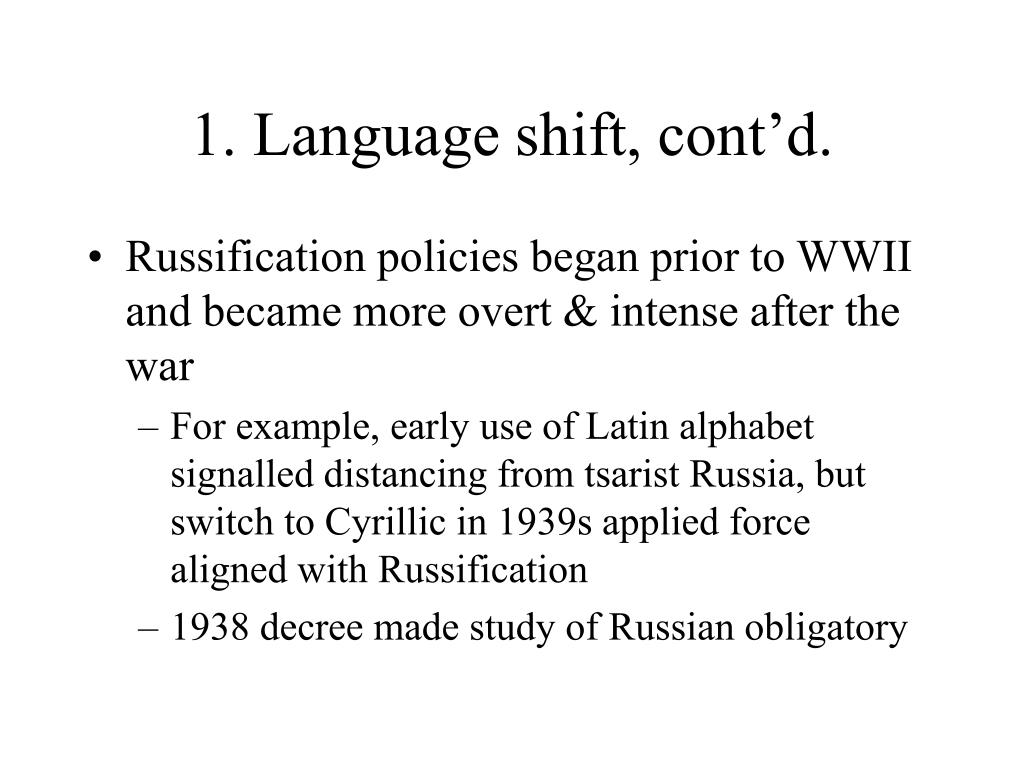


So, translanguaging design builds pedagogical strategies upon this entire set of resources (Garcia, Johnson, and Seltzer, 2017). Such linguistic repertoire includes not only words, sounds, usage, or syntactic rules but also the social features associated with multimodal communication (e.g., gestures, visuals, signs, etc.). Vogel and Garcia (2017) explain translanguaging thus: ”rather than possessing two or more autonomous languages systems, as has been traditionally thought, bilinguals, multilinguals, and indeed, all users of language, select and deploy particular features from a unitary linguistic repertoire to make meaning and to negotiate particular communicative contexts.” For example, bilingual students use both their languages to “adapt their language practices to the particular communicative situation in which they find themselves in order to optimize communication and understanding” (Hesson, Seltzer, and Woodley, 2014).

What students need is a continuous and systematic pedagogical approach that enhances the acquisition of academic English along with the cognitive skills that they already bring to the classroom. Most English learner (EL) programs at institutes of higher education teach the mechanics of English itself (Valdes, 2020), so they are geared toward multilingual students who usually have already mastered conversational English. Research shows that multilingual skills correlate with higher scores on assessments (Vogel and Garcia, 2017), and studies indicate that when those results are present, there has been a conscious and systematic use of diverse linguistic resources which has become part of the curriculum and pedagogical strategies (Madiba, 2013 Garcia, 2009).


 0 kommentar(er)
0 kommentar(er)
